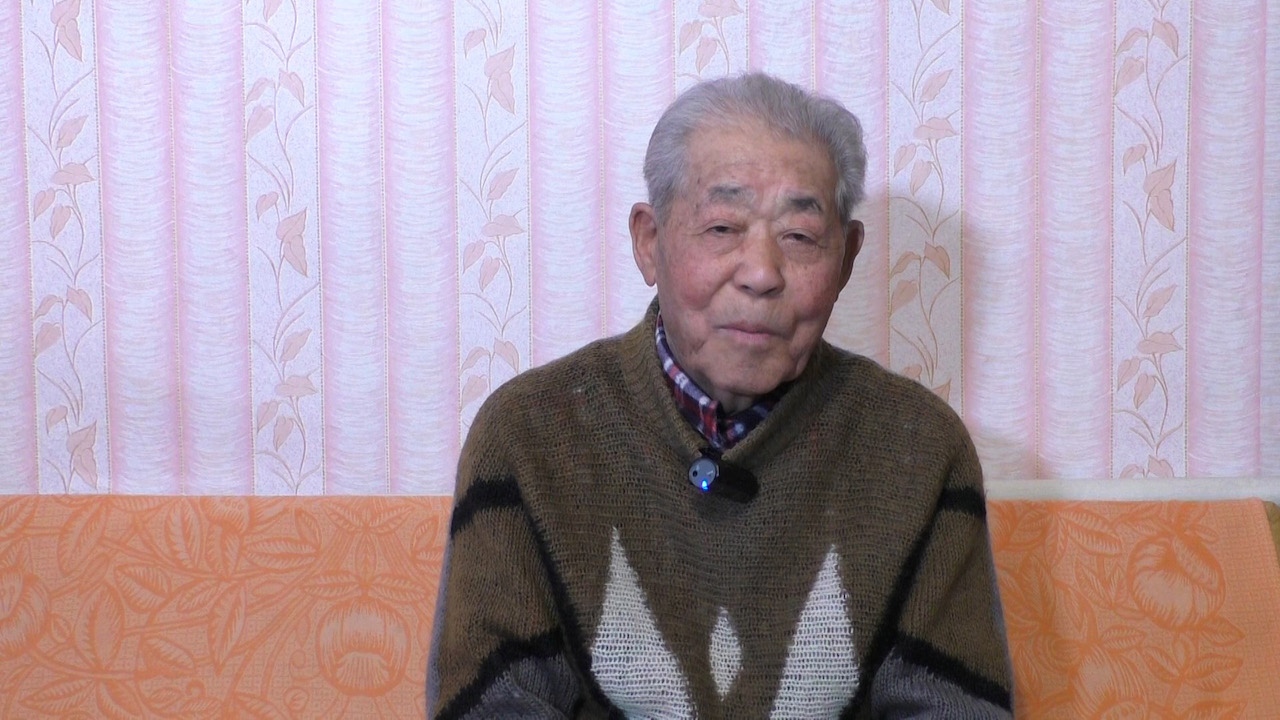Garya Naminov, About the Noynakhn Clan (Angi)
Duration: 8 mins 13 secs
Share this media item:
Embed this media item:
Embed this media item:
About this item

| Description: |
Garya talks about the history of his clan and place.
|
|---|
| Created: | 2015-05-26 11:06 |
|---|---|
| Collection: | Kalmyk Cultural Heritage Project (DERBET) |
| Publisher: | University of Cambridge |
| Copyright: | University of Cambridge |
| Language: | xal (Kalmyk; Oirat) |
| Abstract: | Garya talks about the history of his clan and place.
This place/village is called Gashun-Burgusta. We, Noynakhn people, live in this village. Our clan (angi) consists of eight sub-clans (torl). Our elders explain the name of our clan as follows. In the past, the noyon (lord) Danzan was riding across the steppe in search of a good pastureland. He had a big entourage, including his bodyguards and service people. When he reached this place of Gashun-Burgusta, he stopped for a rest for a couple of days. He liked this place. Afterwards, he visited Ketchenery which he also liked. After the lord left, the elders met to discuss what to do. Since the place was consecrated by the visits of a high lord and lamas, the elders decided to name themselves Noynakhn (meaning ‘people of the lord’). The name Ketchenery derives from the Kalmyk word ketch meaning ‘service people’. I asked many elderly Ketchener people about the plausibility of this etymology, and many approved it. I am now 87. We all grew up in Soviet times. When we reached an age when we started to understand things, the Soviets had already destroyed the temples. Back then we were boys of 12 or so, and we witnessed everything. Soon the Soviet power consolidated and we lived in a country without temples and religion. We cannot say exactly how things were before. We can only relay what we have heard from the elders and what we saw when we were young. In the past in this place there was a kolkhoz named Krasnyi Partizan (Red Partisan) which bred livestock, grew vegetables, ploughed land. It was a good kolkhoz though. In the past there was an asphalt road running here from the village of Divnoe, but today it has disappeared. It was our kolkhoz that built that road. People from all parts of Kalmykia came here to build that road. There were other asphalted roads in Ketchenery and Zyod. Our kolkhoz helped to build these roads as well. Gashun-Burgusta is also the name of our river. The water in the river is sour, that is why it is named gashun (meaning ‘sour’ in Kalmyk). In Ketchenerovskiy rayon there is a river called Amtta Burgusta where the water is sweet (amtta means ‘delicious, sweet’ in Kalmyk). The deity-protector of our clan is Buddha Shakyamuni. The Noynakhn clan keeps the statue of Buddha Shakyamuni. In 1943 when the Kalmyks were sent into exile, one old man from our clan hid this statue underneath his cloth and smuggled it with him to Siberia. After 13 years in Siberia the statue returned to Kalmykia along with the Kalmyks. Now this statue is in our house. We also have statues of Manjushri, Green Tara and Tsongkapa. I will tell you why the statue of Buddha Shakyamuni is in our house. My wife’s uncle studied Buddhism along with Namka Ochirov, whose younger sister is my mother-in-law. That is why the statue ended up in our house. My wife lights candles in front of the statue, we all bow to it, read prayers. Our clan lives well. |
|---|---|
Available Formats
| Format | Quality | Bitrate | Size | |||
|---|---|---|---|---|---|---|
| MPEG-4 Video | 640x360 | 1.94 Mbits/sec | 119.67 MB | View | Download | |
| WebM | 640x360 | 827.43 kbits/sec | 49.90 MB | View | Download | |
| iPod Video | 160x120 | 303.48 kbits/sec | 18.26 MB | View | Download | |
| MP3 | 44100 Hz | 249.89 kbits/sec | 15.07 MB | Listen | Download | |
| Auto * | (Allows browser to choose a format it supports) | |||||

